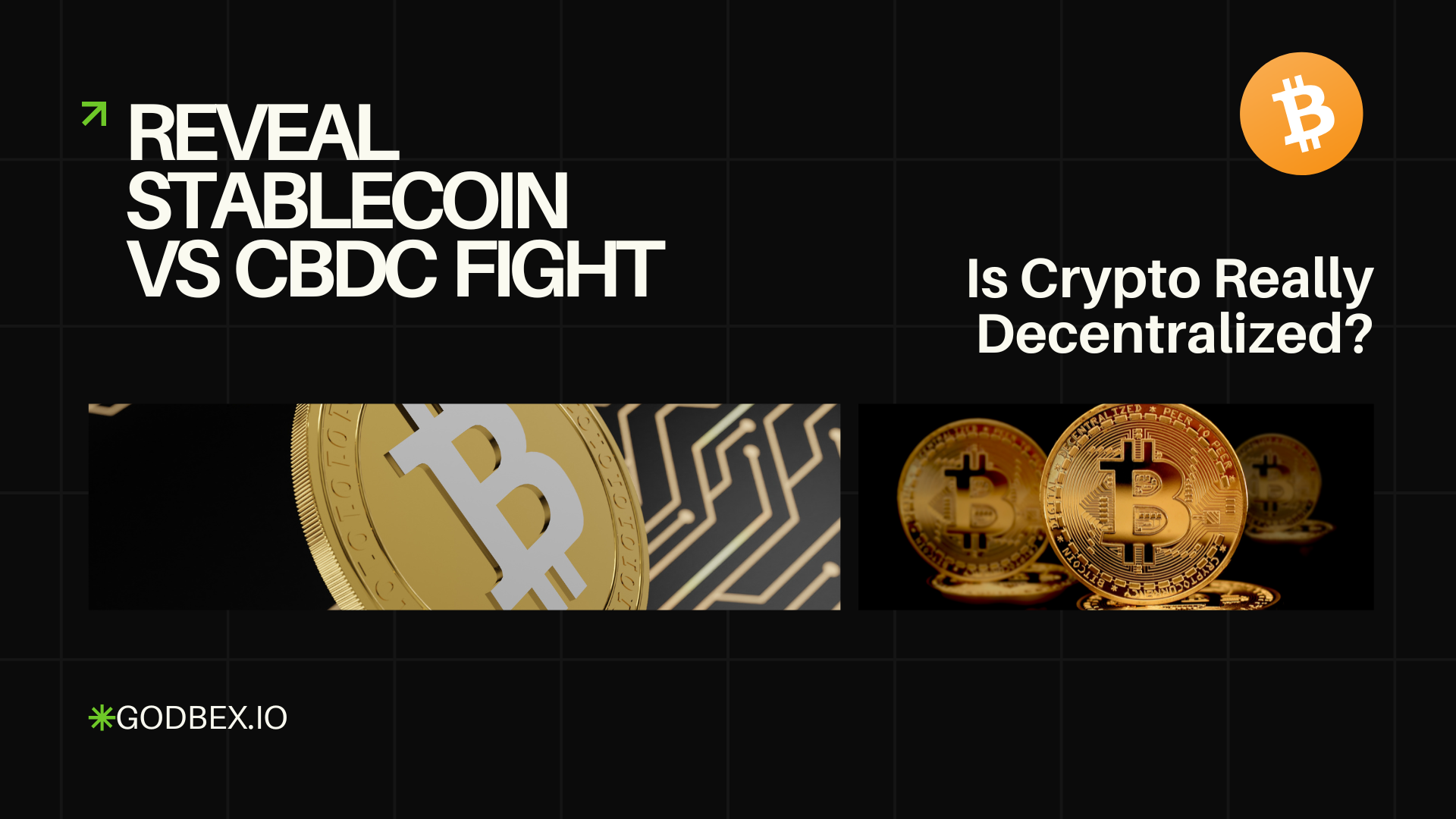
Tether’s decision in June 2025 to freeze 112 wallets holding about $700 million in USDT has reignited a long‑running argument: if a private company can halt your money on-chain, how different is a stablecoin from a central bank digital currency (CBDC)? The move, tied to Iran‑linked entities and U.S. sanctions enforcement, sharpened industry fault lines over decentralization, compliance, and the future of digital dollars.
Stablecoins Under the Microscope — Again
The freeze arrived just as central bankers and policymakers were already scrutinizing dollar‑pegged tokens. The Bank for International Settlements (BIS) and multiple central banks warn that unchecked stablecoin growth could undermine monetary sovereignty and financial stability, even as the U.S. edges toward embracing regulated private tokens over a Fed‑issued CBDC.
Financial Times coverage underscored the scale: roughly $250 billion in U.S.‑backed stablecoins could balloon to trillions by 2030, forcing governments to choose between tighter rules or launching their own digital cash.
Why Tether Can Flip the Switch
USDT is programmable. Its smart contracts on Ethereum and Tron include functions that let the issuer blacklist addresses—something not all users realize until headlines hit. This is not unique to Tether: Circle’s USDC has long had a blacklist function and froze $100,000 in 2020 at law‑enforcement request.
Supporters argue this is necessary for sanctions, hacks, and ransomware. Tether itself touts quarterly attestations and a growing pile of short‑term U.S. Treasuries to prove reserves and legitimacy. Critics counter that any entity with a kill switch concentrates power—antithetical to crypto’s trust‑minimized ethos.
“CBDC for Thee, but Not for Me”?
Opinion writers note a political irony: U.S. lawmakers are pushing anti‑CBDC bills while simultaneously crafting pro‑stablecoin frameworks, essentially outsourcing digital dollar policy to private firms. That divergence from Europe—where a digital euro is seen as a public good—deepens the philosophical split over who should control programmable money.
BIS economists propose a “unified ledger” that anchors tokenized assets to central bank reserves, sidestepping the transparency and run‑risk issues they see in private coins.
Compliance vs. Decentralization: The Core Tension
Tether’s defenders point out that the 112 frozen wallets were linked to sanctioned actors, and allowing illicit finance would jeopardize USDT’s banking relationships and, by extension, global liquidity. Yet every high‑profile freeze fuels a narrative that “stablecoin decentralization” is marketing spin. Industry blogs warn that frequent blacklisting could fragment DeFi liquidity and push users toward less compliant, more opaque tokens.
Market Reaction: Shrug, Then Debate
Unlike past shocks (e.g., TerraUSD’s collapse), markets largely shrugged—USDT held its peg and broader prices barely budged. That suggests traders now price in issuer control as part of the stablecoin bargain: you get instant, global dollars, but you also get compliance levers. Still, discourse exploded on social media, with some urging migration to algorithmic or over‑collateralized alternatives; others welcomed the precedent as proof crypto can police itself.
The Bigger Picture: Stablecoins, Sanctions, and Surveillance
Academic work shows sanctions have shifted behavior but not eradicated illicit flows—Tornado Cash usage dropped yet still appears in most Ethereum hacks post‑OFAC action. That reality leaves issuers and regulators in a whack‑a‑mole pattern: freeze funds here, watch activity move there. For privacy advocates, CBDCs threaten state surveillance; for regulators, private stablecoins threaten shadow banking. Both camps accuse the other of building a panopticon.
Where Do Users Go From Here?
- Understand the Terms – “Decentralized” does not equal “immutable.” Read token contracts and issuer policies.
- Diversify Your Cash Bucket – Mix stablecoins (USDT, USDC, DAI) or park temporarily in fiat if you need zero freeze risk.
- Monitor Blacklist Activity – Tools like Etherscan labels, Nansen alerts, or issuer transparency pages help you spot risk before it hits your address.
- Watch Regulation – New U.S. laws (like the GENIUS Act) and EU MiCA updates will codify what issuers can and must do next.
What’s Next?
As stablecoin supply swells and CBDC pilots multiply, the line between “public” and “private” digital money will blur. Expect more freezes, more legal challenges, and more calls for on‑chain, real‑time proof‑of‑reserves to balance control with transparency. Whether the future is a BIS‑style unified ledger, a patchwork of regulated stablecoins, or something hybrid, Tether’s latest move made one thing clear: decentralization isn’t a checkbox—it’s a continuum, and most “stable” dollars sit somewhere in the middle.